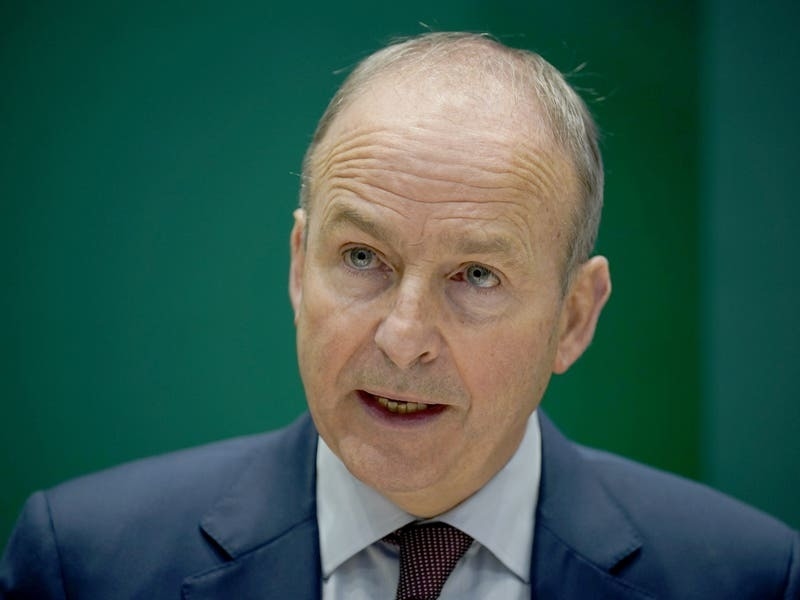A number of planned free schools in England may not open as a result of a Government review.
Education Secretary Bridget Phillipson said some of the funding awarded by the previous government to open new free schools could have been “put to better use” to improve existing deteriorating schools and colleges.
Department for Education (DfE) officials will review whether new free schools planned by the Conservative government “meet a need” for places in a local area and “offer value for taxpayers’ money”.
The review will also look at whether the 44 mainstream free school projects – approved by central government – would provide a “distinctive curriculum and any impact on existing local providers”.
The free schools programme was launched in 2010, with the first opening in autumn 2011, and it became a flagship Conservative education policy.
Free schools, which are funded directly by central government and independent of local authorities, were hailed by former education secretary Michael Gove as a means of giving parents more choice, and allowing groups to set up their own state schools in their local communities.
But in a statement on Tuesday, Ms Phillipson said: “Under the last administration, substantial funds were allocated to the free schools programme, often resulting in surpluses in school capacity.
“The National Audit Office set out in 2017 that of the 113,500 new places in mainstream free schools due by 2021, an estimated 57,500 amounted to spare capacity in the new schools’ local area.
“Not only is this poor value for money, the oversupply of places can be detrimental to the other, more established schools in that area – who might lose pupils, as well as teachers, to their new competitor.
“We do not under-estimate the scale of the challenge that we have inherited and this will not be a quick fix.
“I have therefore asked officials to review the mainstream free schools planned by the last government, that have not yet opened.”
She added: “Officials will work with local authorities and academy trusts to take this work forward over the autumn and will write to them now, setting out next steps in relation to individual projects.
“There are 44 centrally delivered, mainstream projects where we will engage with local authorities and trusts to review whether the school should open.”
Former Conservative chancellor Jeremy Hunt announced in his spring Budget that £105 million would be invested over the next four years to build new special free schools, creating more than 2,000 additional places for children with special educational needs and disabilities (Send) in England.
“As with all government investment, special and alternative provision free school projects will be subject to value for money consideration through their development, in line with the Government’s vision for the special educational needs system.”
Patrick Roach, general secretary of the NASUWT teaching union, said: “A world-class education system depends on equality of opportunity and structures that meet the needs of all children and young people.
“It has become increasingly clear that planning of school places must be led by the evidence on changing pupil numbers and needs.
“It is right for the Government to review plans for new free schools to make the best use of the resources available.”
Pepe Di’Iasio, general secretary of the Association of School and College Leaders, said: “The Secretary of State is right to point out the deteriorating condition of our existing schools and colleges.
“There’s no doubt that urgent action is required, but we would have to question if this problem can be adequately addressed simply by moving money earmarked for school buildings around. There is clearly a need for additional investment.”
Paul Whiteman, general secretary at school leaders’ union NAHT, said: “NAHT has long argued that new schools should only be built where there is a shortage of places or a clear local need. This is a sensible move.
“It’s important the review now happens quickly and diligently, taking account of the views of local communities and ensuring schools and families have certainty about future provision.”






